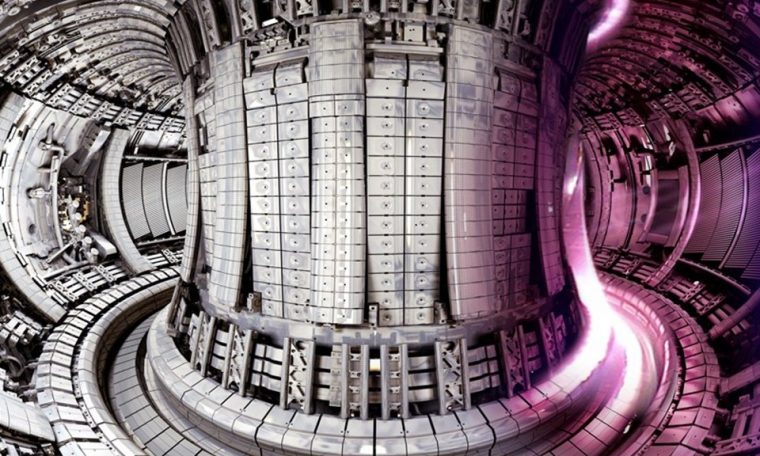
*This text was written by a columnist techworld; Learn more at the end.
If you’ve seen the box office hit “Spider-Man 2,” which grossed more than $750 million in 2004, you’ll remember that the main objective of the villain, Doctor Octopus, was to create a technology that would give him a powerhouse of energy. Allow control of the form. like the sun. In the film, the evolving machine didn’t work and put the city in danger, which forced Spider-Man to intervene.
The idea of controlling the energy form of the Sun is nothing new. Since the 1950s scientists have been trying to reproduce so-called nuclear fusion, a process that accounts for the energy produced by stars and which requires massive amounts of hydrogen atoms to join the nuclei and produce helium. Heat and pressure are required. Due to this process the Sun releases as much energy per second as we are able to consume in an entire year. Therefore, it is not surprising that there is great interest in reproducing it in a self-sustaining way, albeit, apparently, on a smaller scale.
Nuclear Reactor from the movie Spider-Man 2 (2004)Source: Reproduction/Sony Pictures (2004)
A year after the film’s release, coincidentally or not, the ITER project began, which is based in southern France and is financed by 35 countries with the aim of achieving and controlling nuclear fusion. The project should begin testing in 2025 and will hardly produce energy before 2050, but other countries and many companies are investing in this technology in parallel to accelerate these deadlines, and the progress has led some experts as well. is excited.
The problem here is that we have a great urgency for clean, renewable forms of energy. Furthermore, despite advantages such as virtually inexhaustible raw materials (hydrogen) and small physical space requirement, unlike solar plates and wind power towers, development of existing technologies can make nuclear fusion out of plans, for example .
It is really important to continue to produce, research and advance in clean technologies for producing energy to reduce the impact of climate change as much as possible. It is important to emphasize that, contrary to what we see in many false news and misleading interpretations, climate change caused by humanity is no longer a cause for debate in the scientific world. And its effects, if not mitigated, can pose many risks to life on Earth as we know it.

The latest special report from the Intergovernmental Panel on Climate Change (IPCC) made clear the importance of reducing carbon emissions to zero by mid-century (2050) to limit global warming to 1.5. heyc, thus avoiding various consequences that can range from species loss to increased frequency of floods and droughts, including possible acidification of seawater.
It is already possible to observe extreme weather events with increasing frequency. To cite a few examples, we have the intense cold waves that hit Chicago in 2019, the heat waves that hit Canada and the United States in July 2021, and periods of drought, like the one we’re facing in Brazil today, that can deplete reservoirs. Water and hydropower generation are at risk.
The United Nations Climate Change Conference (COP26) is being held from 31 October to 12 November this year. The event brings together leaders from around the world to discuss quick decision-making that can help mitigate the effects of the climate crisis, mobilize investments for the cause and help vulnerable communities, species and their natural habitats. Could customize business model to protect.
Talking about climate change is complicated for a number of reasons, such as lack of interest and/or denial on the part of some and great concern by others because it is a problem that is clearly too large and unsolved. . But we are at a critical moment where it is extremely important to be aware, get as much information as possible from credible and diverse sources (official websites of institutions like IPCC, universities and major news portals are good examples, while the streams that are received) Shallow arguments on social networks without and vice versa). At the same time, it’s always important to talk to friends and family to keep the debate going, and not just keep the planet as hot as possible.
Rodolfo Lima Barros Souza, physics professor and columnist techworld. He has a degree in Physics from Unicamp in the field of Public Perception of Science and a Masters in Science Teaching and Mathematics. It is present on social networks like @rodolfo.sou



